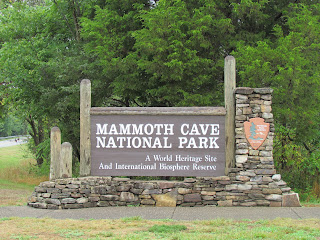July 22nd
On Sunday we left Laramie and headed towards Estes Park, CO, the gateway to the Rocky Mountains. We had visited Estes Park about 5 years ago on a trip to visit my sister. At that time, when we arrived in town, there were herds of elk wandering all over the town, congregating around the Visitor Center in particular. We were disappointed that we did not see a single elk this time.
Estes Park is a lovely town, bordered by the Big Thompson River. There is a walkway along the entire river behind many of the shops and restaurants, making a great focal point for socializing. As you might expect, there is everything from high-end restaurants and art shops to take-out and tee-shirts. A great little town to explore.
The next morning we headed over the Trail Ridge Parkway, which bisects the park. This road reaches elevations of over 12,000 feet, and is dwarfed by surrounding peaks of over 14,000 feet. It is billed as the most scenic drive in the country, and I would believe it. For those of you that have never driven it, add it to your bucket list. I would recommend, for those who might be nervous about driving mountain roads, to drive it east to west (Estes Park to Grand Lake), as it is easier to drive up the steeper east side than down! We had driven this road the last visit, but quickly drove to the Alpine Visitor center just below the highest point of the road, in order to do a ranger-led hike. As a result, we missed most of the scenery. I do remember there was much more snow last time, as we were here a month earlier.
The views from the numerous overlooks were spectacular. We walked out to several viewpoints and were pleased to see several marmots (part of the squirrel family, but much bigger) that live at these high altitudes, hibernating for about 8 months of the year. The several we saw were pretty fat! At one of our stopping points, we found quite a few wildflowers. We had intended to take a short hike at Deer Ridge Junction into several lakes, but there were so many people on the road, there was no where to park at the trail head. Rocky Mountain National Park is one of the most visited parks, and there is some concern with the amount of pressure all of these visitors cause on wildlife and the delicate terrain in this alpine tundra. If trampled, tundra plants can take up to a decade to recover.









After crossing over the summit, the drive down the west side is more gradual, but does not have the spectacular scenery seen on the east side. There are more trees, primarily evergreen, and open marsh land. We just missed seeing a moose in one of these areas- we knew there had been one by all the vehicles pulled off the road! The parkway ends near a town called Grand Lake. We drove in for lunch- what a cute little town! The sidewalks are all wooden, like you see in old westerns. The main street has many shops and restaurants, the road parallel to main runs along the lake. There were lots of folks boating, swimming and hanging out. It was great weather, and people were really enjoying it. In this area, the damage done to the Ponderosa Pines by the pine borer beetle is really evident- it appeared that more than 50% of the trees were dead or dying- much higher than we saw 5 years ago. We ended our day in Steamboat Springs, where we intend to spend a few days to golf and relax.



















































